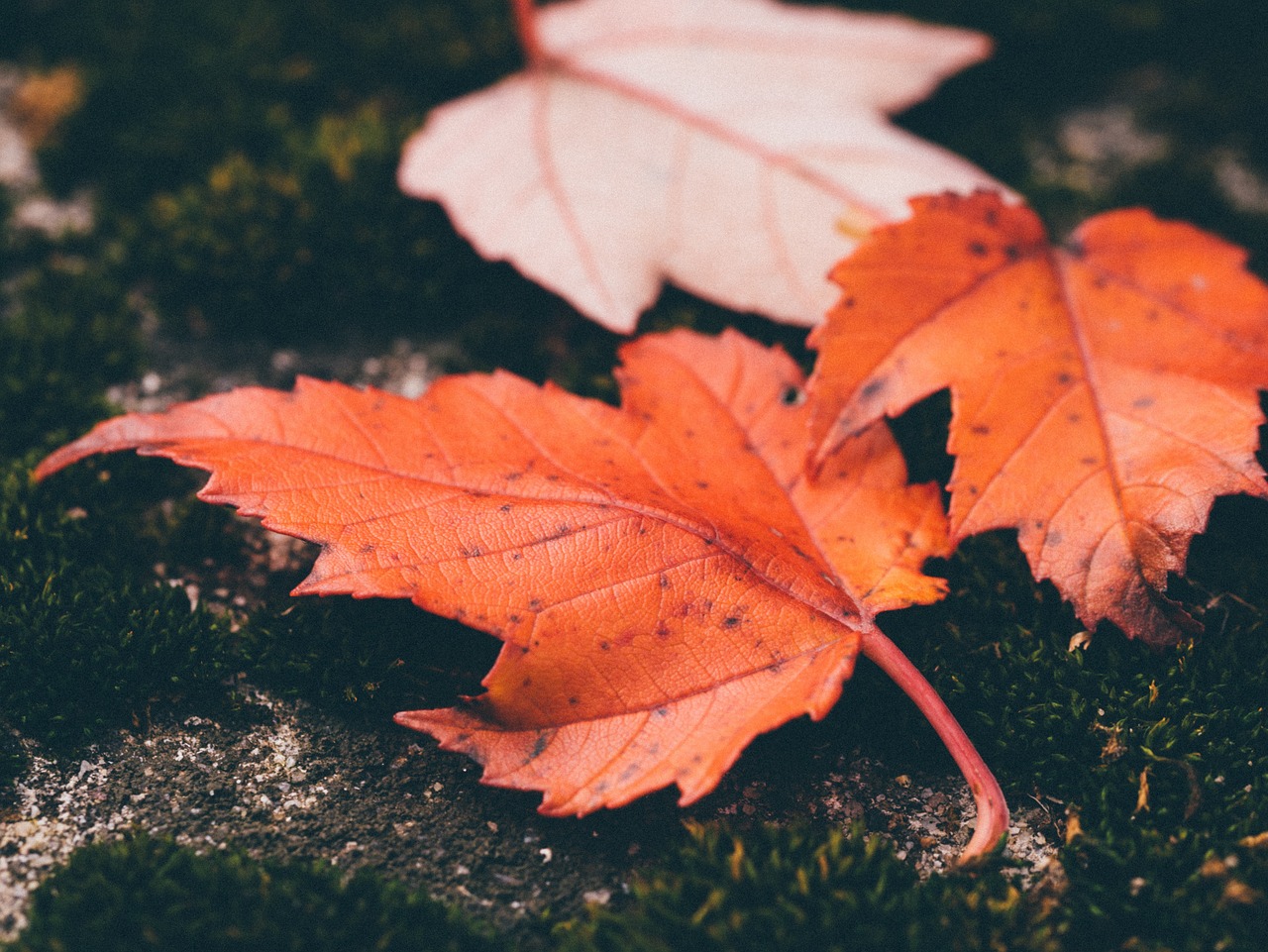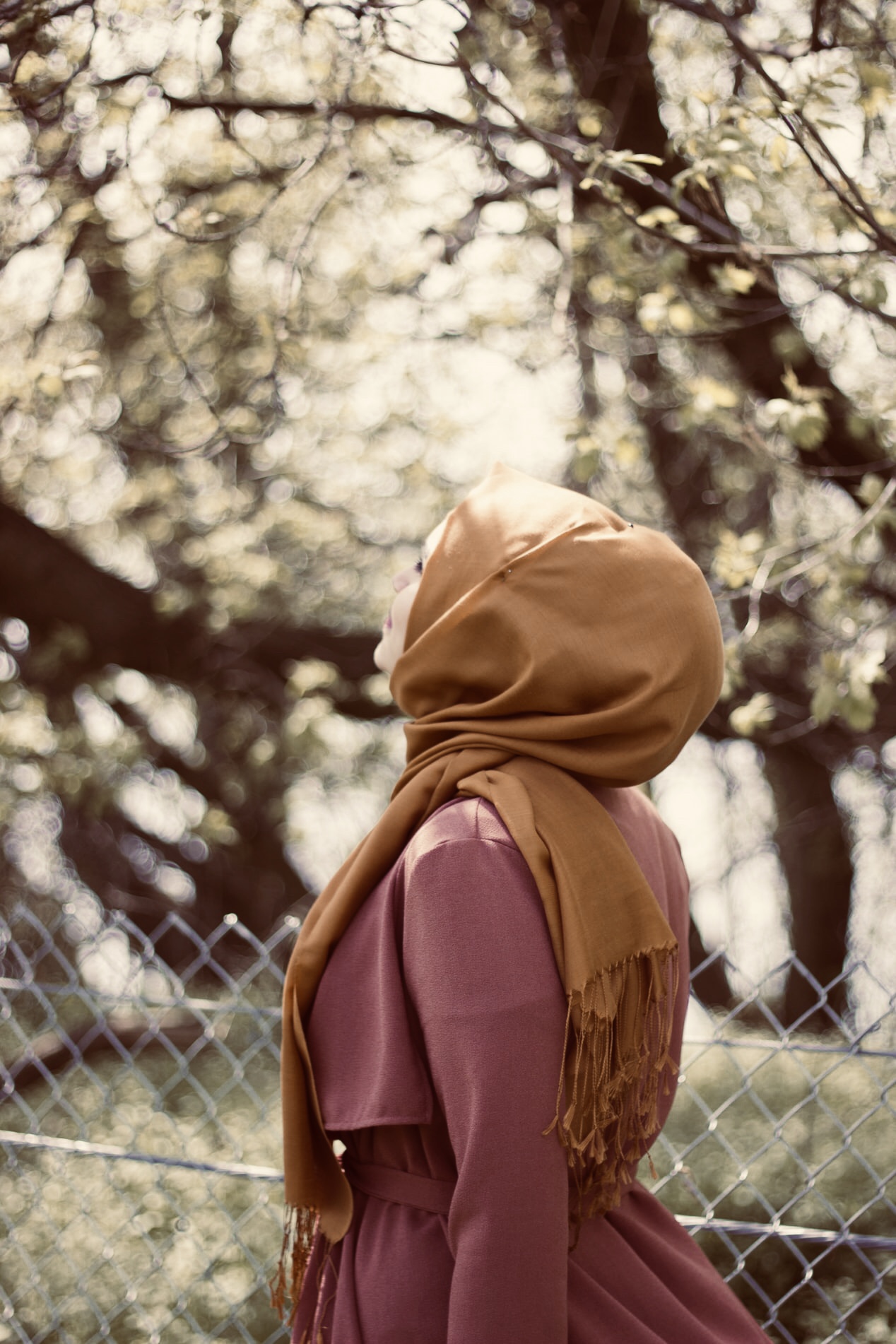It’s that time of the year again. The time that creeps up from behind and overpowers me. In my world, fall is not about pumpkin-spiced beverages, hayrides, apple orchards, and changing colors. It’s about longer nights and shorter days. That yearly change from warm sunny days to chilly wet ones gets me down. I feel depressed and gloomy. I become another version of myself. The side that does not enjoy going out anymore. The side that sees the dark side or the negativity in everything. The version that suffers from SAD (Seasonal Affective Disorder).
The Experience
I recently found out that almost all my life I have been suffering from SAD. I suffered a traumatic event in the October of my sixth grade year. And ever since then, as soon as the mornings become brisk and the trees begin to change from lush to dry, I change colors, too. I have suffered for so many years and for so long that I never knew that it was not the norm. That not everyone feels the way I do about autumn. “You like it?,” I’ve heard myself ask numerous times when friends express their joy about the fall season.
The Mayo Clinic describes SAD as “…a type of depression that’s related to changes in seasons — SAD begins and ends at about the same time every year. If you’re like most people with SAD, your symptoms start in the fall and continue into the winter months, sapping your energy and making you feel moody.”
It becomes crippling when you seclude yourself indoors and prevent yourself from getting sunlight. And that darkness makes the depression worse. The seclusion prevents me from meeting people thus falling deeper into a darkness I cannot control. It’s a spiral that can leave you completely mentally crippled by February. I know this. At my worst, I no longer speak to anyone on the phone. I binge-watch everything, all day long. And I eat. A LOT!!!
The years of struggling and suffering have made my self-esteem, my relationships with everyone I know, and my home suffer. It’s not something that just comes and goes. It creeps up, it attacks, it leaves you bleeding, you break, and then you have a couple months to get back on your feet until it hits you again.
The Hurdles
Too many times women suffer in silence for so long when it comes to their mental health; SAD is no exception. No one wants to be the crazy lady, so we go on living life trying to suppress the enormous weight we carry on our shoulders. I often tell my besties, “I’m trying to stay afloat.” It’s the best way I can describe myself: I am trying not to be pulled down…or sink. We suffer through PMS, PPD, PPA, depression, anxiety, SAD, etc. Yet, we carry on like it’s no big deal. And because we do, we subconsciously put ourselves as second priority. It’s about the kids, the husband, the house, the work, and even the fish before it’s about us. When we make it about our health first, we break the cycle. For me, hitting rock bottom has taught me the only place for growth is up. It’s a hard lesson and one that I am just beginning practice.
The Steps to Recovery
The first step is to acknowledge the pain. To be OK to say that I am not OK. And it’s not “all in my head” and diminish the issue. To say I am feeling down, and I want to feel better is to acknowledge your pain and give it a platform to stand. Then comes the healing from SAD.
The healing comes from knowing what works for you and what doesn’t. I strongly oppose medication FOR MYSELF. But I have encouraged it for my friends and loved ones if it has been advised by a professional. My doctor and I have worked together in finding what’s right for me. First, I needed the light. For SAD, light is key. I need light all the time. Room lights, sunlight, and all kinds of light. My mood improves almost instantly just by turning on the lights at home. I make sure even before the sun begins to set that I turn on the light in my room. Of course, the best source of light is outside. It helps to go outside and enjoy a nice walk or game outside with the kids. It makes a world of difference to catch the darkness before it catches you.
Second, my blood work showed I was Vitamin D-deficient. I started taking Vitamin D supplements and found a definite improvement in my mood. The insufficient sunlight in Michigan and our mainly indoors lifestyle has caused many people to be deficient in this essential vitamin. Vitamin D, “also known as the ‘sunshine vitamin’, is a steroid hormone precursor.”
Part of the healing is also counseling. Talking gives voice to many scattered thoughts and worries. It allows you to hear yourself. More often than not, when I say something aloud, I find my voice and hear my thoughts myself. Then, having someone navigate you through those thoughts, helps you to find solutions, coping methods, and strategies to deal with the oncoming or suffering of SAD.
For me, healing also includes meditation and prayer. When I am done talking and then I am left with myself, that self can either lead you back to where you were walking away from or guide you in a positive and inspiring path. For me, meditation means sitting with myself and bringing to the mental arena all the things I hold myself a prisoner to. And taking each one to account. To throwing out all the things I need not in my life and making peace with the things I cannot change. I may not be able to change the environment I am in, but I may be able to change my perception or thought of that environment.
Prayer, for me, is hope. Prayer is to know that in this vast entity we call the universe, I am not alone. I am loved and protected. I am blessed and gifted. There is hope through the trying times, and there is faith in good things to come. Prayer allows me to remove myself from the jungle of my thoughts and the chaos of me and see myself in the bird’s eye view of the world. It grounds me yet lifts me with a calmness in my heart. Truthfully, I think prayer always seems to be my last go-to solution when it should be the first. Because I always leave prayer with a positive vibe. Prayer is not just on a day or a time of the day. Sometimes prayer catches me while I am cooking or driving. I speak to God sometimes vocally and sometimes from the heart. It has been my most profound moments in life.
Seasonal Affective Disorder is real and affects more people than we think. People often shrug it off or downplay it. But illnesses that affect mental health are nothing to ignore. Sooner or later, they do catch up with you. Before it creeps up on you, know that you have a fighting chance to overcome it. The changing seasons still cloud over me, but I am learning how to let the light in, one day at a time.













